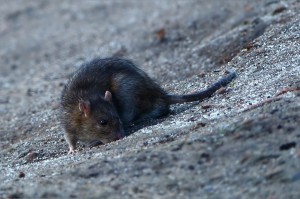Do you have a bat in the house?
Is it flying around in circles in your living room right now?
Remain calm!
Catching a bat is not necessarily easy, or recommended by us. But if you’re the DIY type, we won’t try to stop you.
For a FREE bat removal estimate call: (847) 464-1861
Will a bat attack people?
Bats are generally not aggressive but if it feels like you are threatening it, the bat could potentially bite you.
That bat doesn’t want to be in your house either. He’s trying to figure out how to get outside too.
The bat doesn’t want to fly into your hair and get stuck. The bat doesn’t want to bite you or suck your blood. That’s just what television makes you think.
However, a bat is still a wild animal, and wild animals can be unpredictable, they can bite, and bats can carry rabies or other diseases. Keep your pets away and proceed with caution!
Related: Bat myths and facts
Here is what you can do to get that bat out of your house.
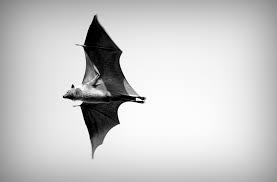 If the bat can be isolated in a single room, that’s ideal. Start by closing interior doors to that room so the bat won’t escape to another part of your home where it may be even harder for him to escape or you to capture.
If the bat can be isolated in a single room, that’s ideal. Start by closing interior doors to that room so the bat won’t escape to another part of your home where it may be even harder for him to escape or you to capture.
We don’t suggest you try catching a bat, but if you’re going to try, wear gloves, long pants and long sleeves, shoes and socks.
Open your windows and doors
Your first and easiest option is to open all the windows and doors in your home. Bats use echolocation to find their way around and they may be able to find their way out an open door or window without any help or coaxing.
Turning off interior and exterior lights may help. If there is something noisy such as a TV or an air conditioner in the room, it should be turned off as well.
Catch with a butterfly net
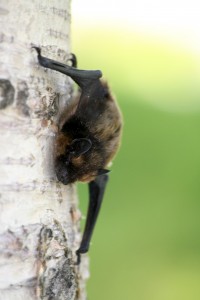 If the bat takes a moment to land, you may be able to safely capture it with a butterfly net (if you have one). Catching the bad mid-flight can be very challenging.
If the bat takes a moment to land, you may be able to safely capture it with a butterfly net (if you have one). Catching the bad mid-flight can be very challenging.
When caught, pull the top of the net closed or cover the opening with something like a piece of corrugated cardboard from a box. Be careful not to crush the bat or to touch it. Carry it carefully outside and release.
Related: Bats in the attic during winter months
Catch it with a container
You can use a bucket, Tupperware container or a large plastic bowl to try and capture the bat when it has landed. Carefully place the container over the bat on the wall and then use a piece of cardboard to slide under it before removing. Take it outside and release it.
Catch it with a blanket
You can use a blanket to try and capture a bat that has landed. Place it over the bat and gently bunch it up so it is closed inside. This method may not be best for the bat, because it could be easy for you to accidentally injure it.
For professional bat removal in Chicagoland call us at (847) 464-1861




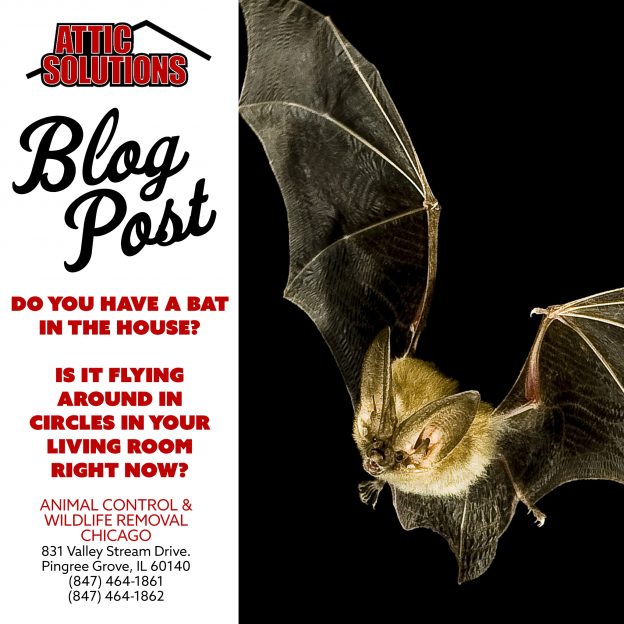
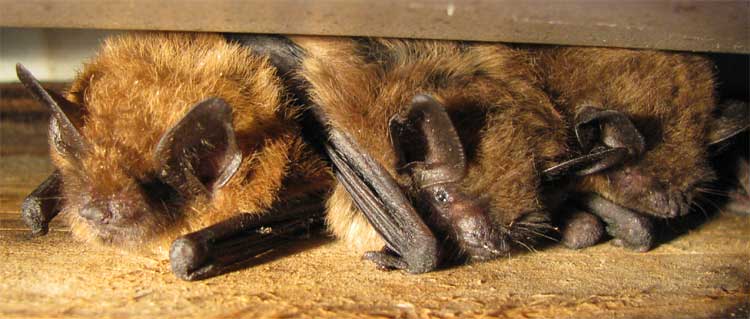
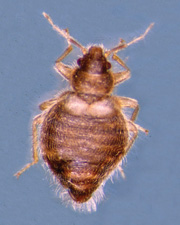
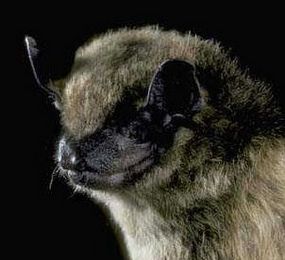
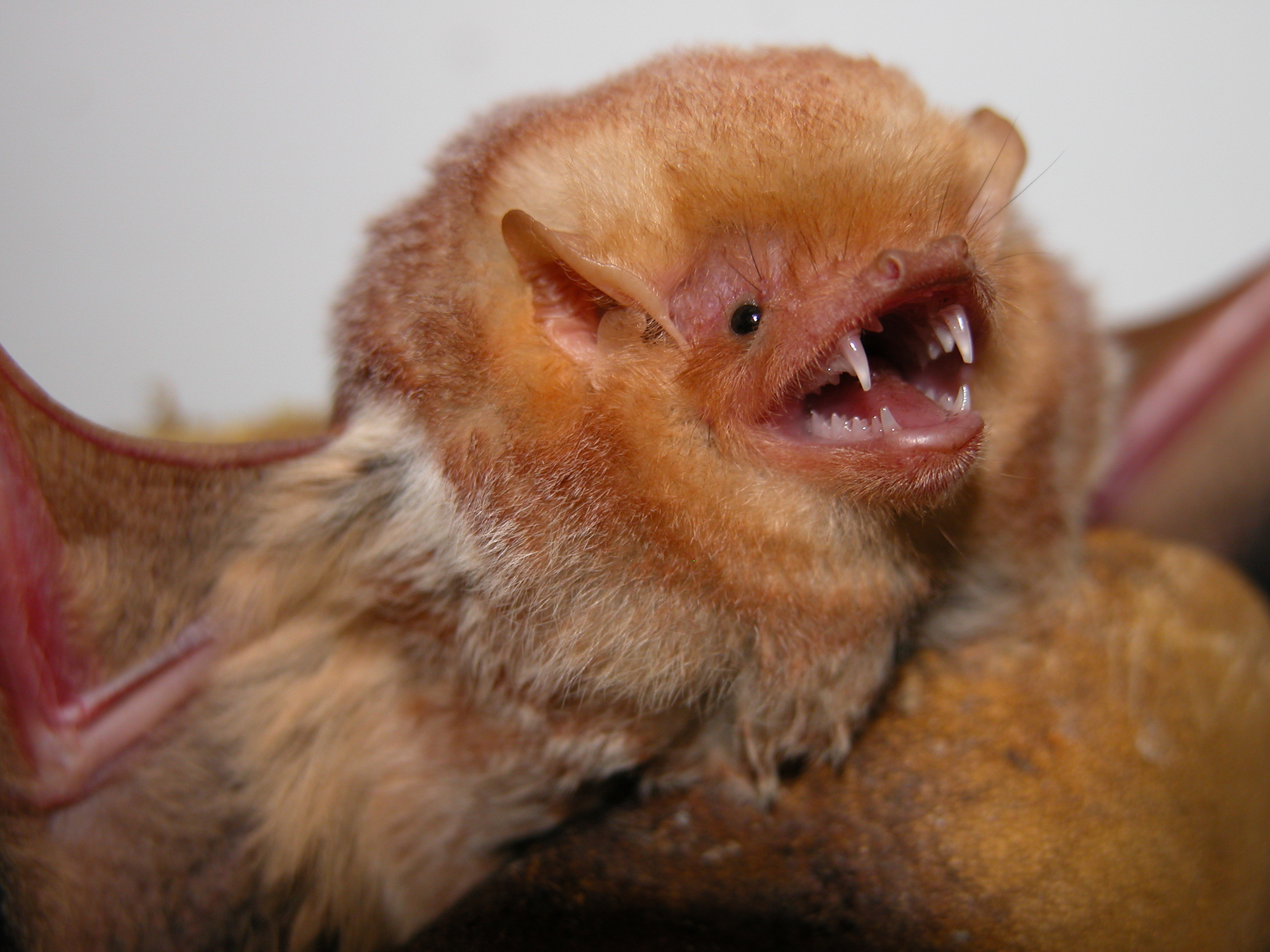
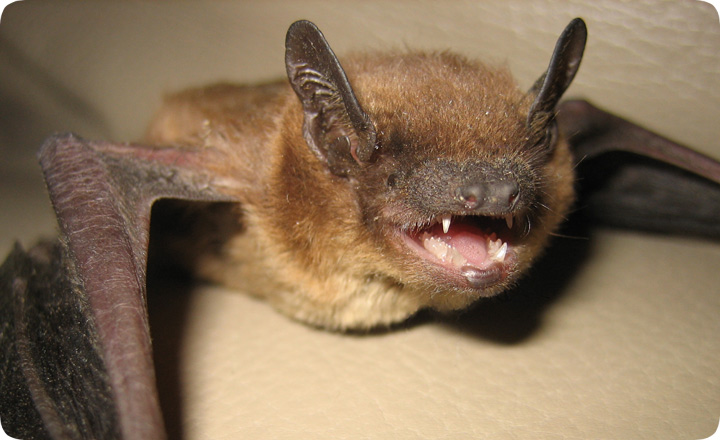
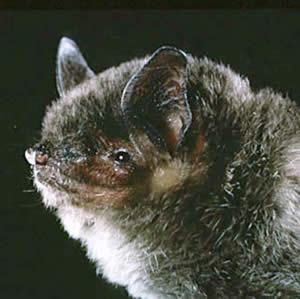

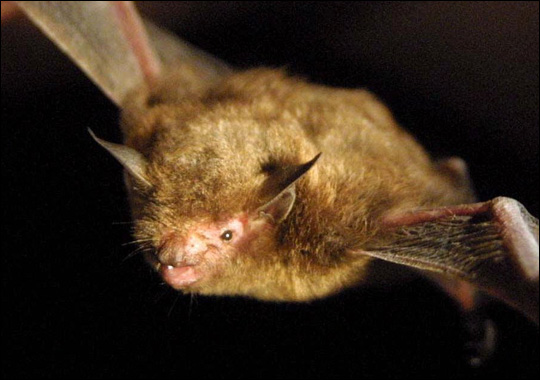
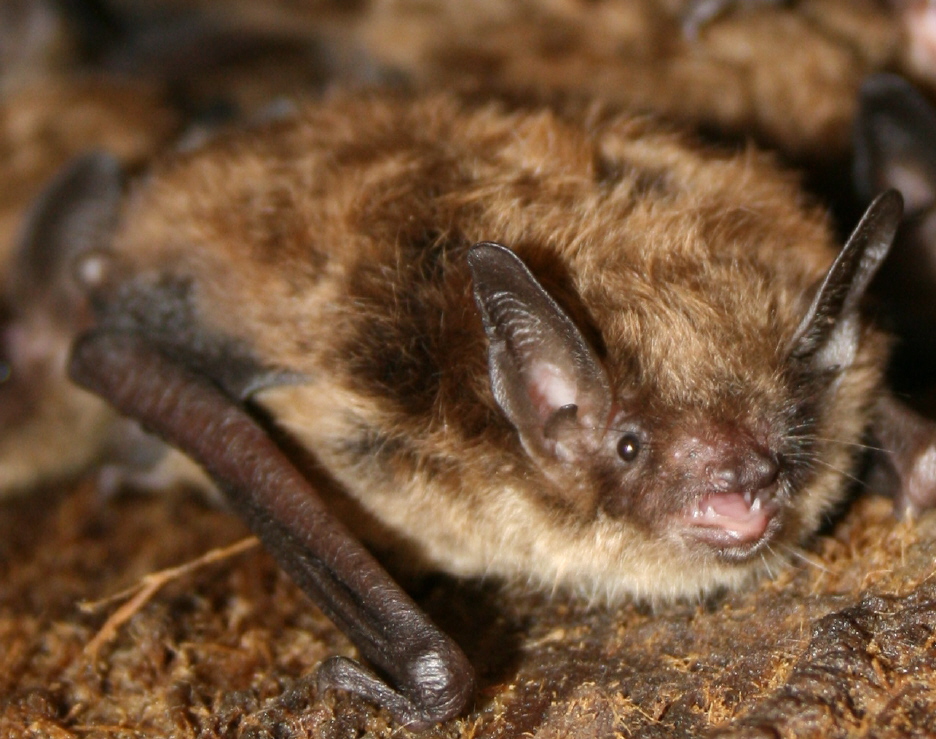

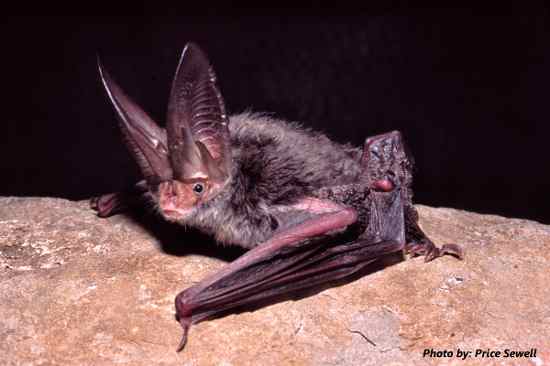


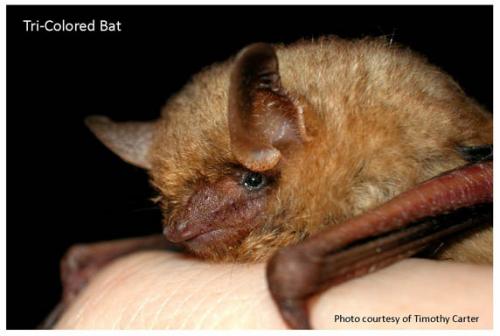
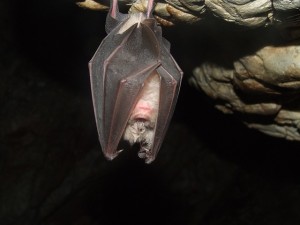

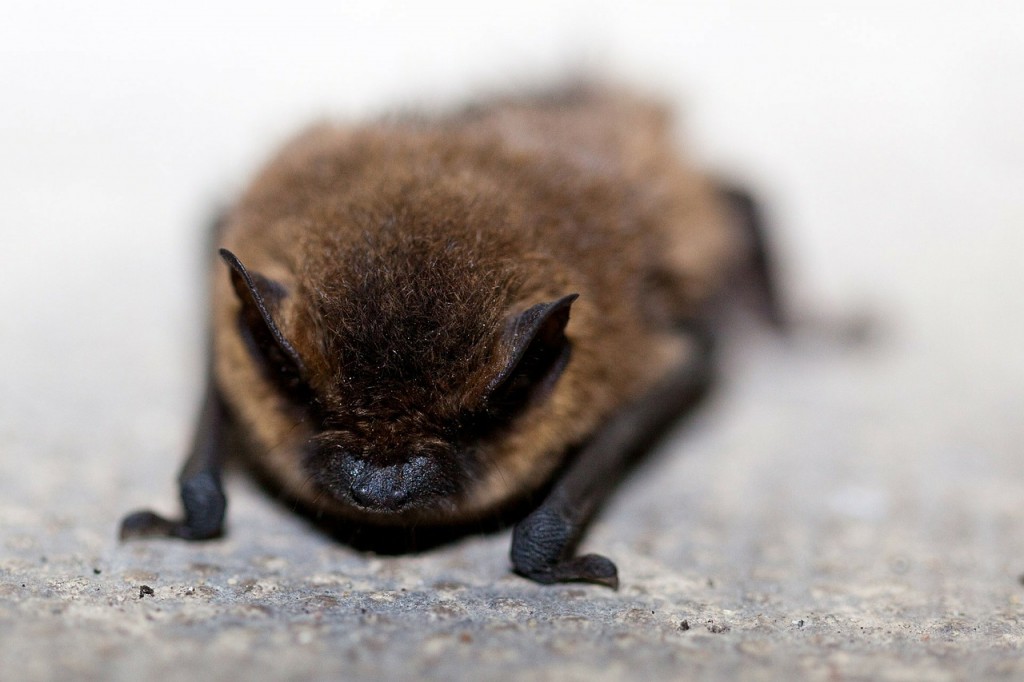 You may not realize it, but there are actually 12 different species of bats that regularly occur in Illinois. Don’t be alarmed; all of the bats who call Illinois home are insectivorous, which means they only hunt insects. Bats are small, winged mammals, who usually weigh no more than a few ounces. Their heads and bodies are covered with fur and their wings have hairless membranes connecting them to the hind legs, body, and forelimbs. Bats are also quite intelligent creatures. Some of the bat species inherent to Illinois include:
You may not realize it, but there are actually 12 different species of bats that regularly occur in Illinois. Don’t be alarmed; all of the bats who call Illinois home are insectivorous, which means they only hunt insects. Bats are small, winged mammals, who usually weigh no more than a few ounces. Their heads and bodies are covered with fur and their wings have hairless membranes connecting them to the hind legs, body, and forelimbs. Bats are also quite intelligent creatures. Some of the bat species inherent to Illinois include: Discovering you have an uninvited animal living in your home can be both frightening and stressful. Wild animals can cause damages that are costly to fix and may even pose a health hazard. Not only can removing wild animals from your home be dangerous, there may also be laws and ordinances you aren’t even aware of governing the procedure. If you find yourself needing to hire a professional animal removal company, there are several factors you should take in to consideration.
Discovering you have an uninvited animal living in your home can be both frightening and stressful. Wild animals can cause damages that are costly to fix and may even pose a health hazard. Not only can removing wild animals from your home be dangerous, there may also be laws and ordinances you aren’t even aware of governing the procedure. If you find yourself needing to hire a professional animal removal company, there are several factors you should take in to consideration.